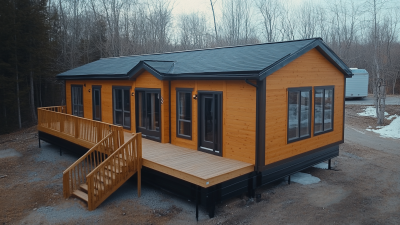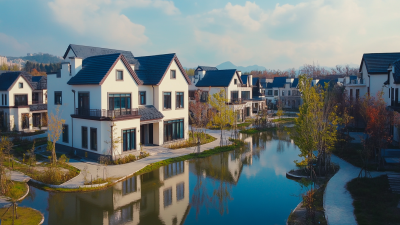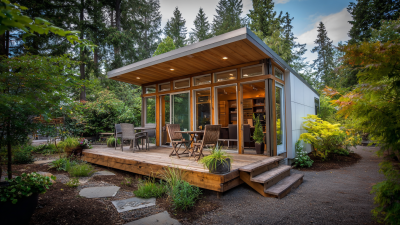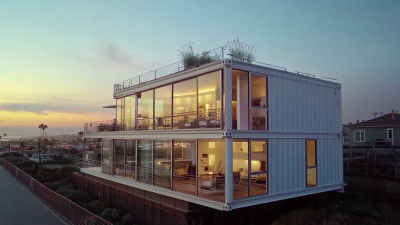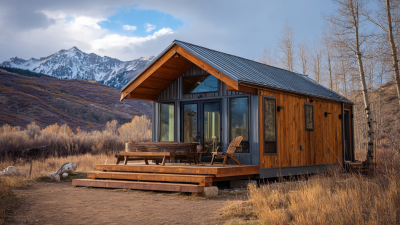As the 2025 China Import and Export Fair, also known as the 138th Canton Fair, approaches, the spotlight is increasingly turning towards the dynamic sector of Cabin Modular Homes. This innovative housing solution is gaining traction globally, with the modular home market projected to reach USD 141.4 billion by 2026, growing at a CAGR of 6.8% from 2021 to 2026 according to recent industry analyses.
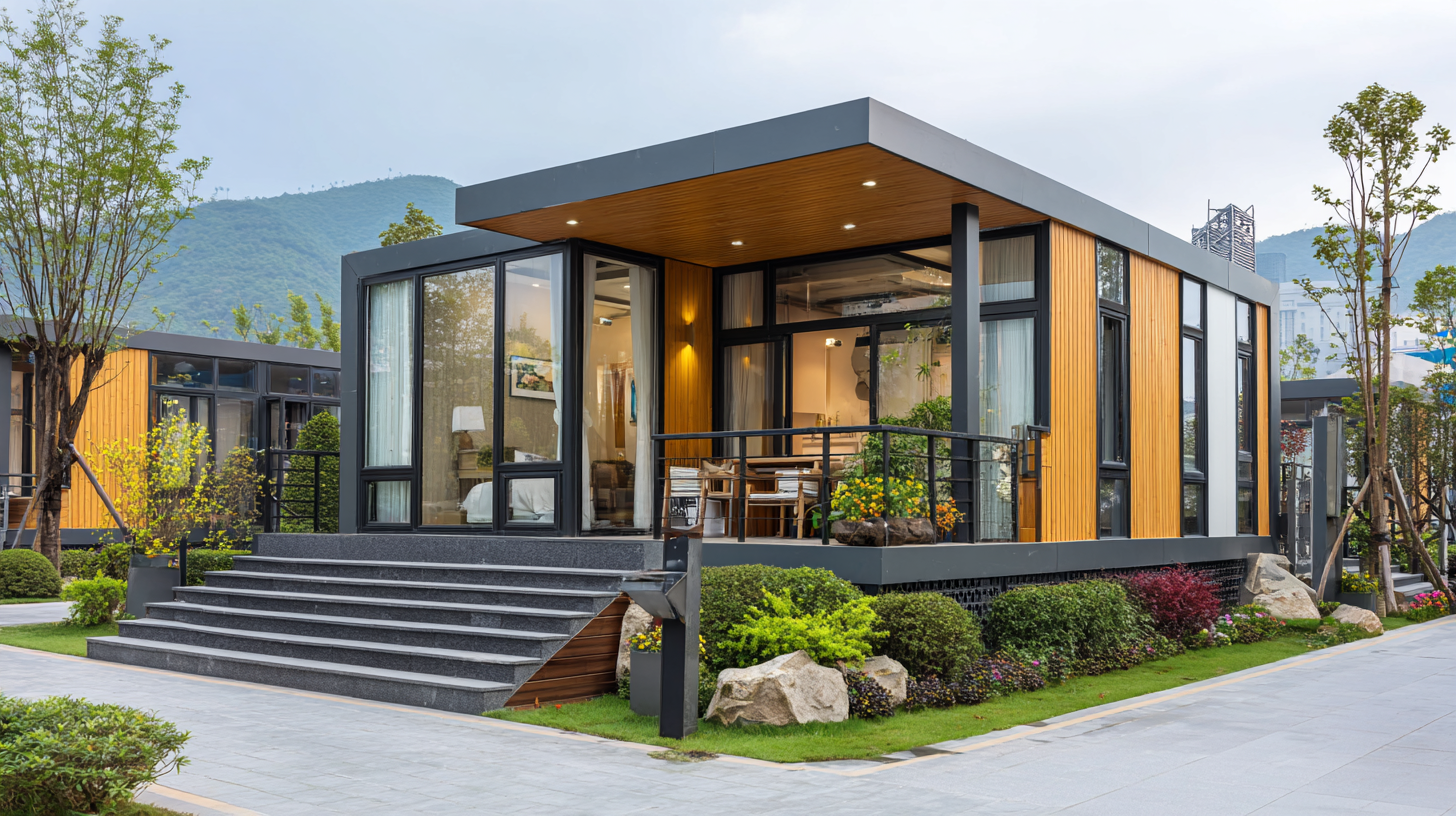
The Cabin Modular Homes segment, specifically, is seeing heightened interest due to its advantages in sustainability, cost-efficiency, and rapid construction timelines. As urbanization accelerates and the demand for affordable housing solutions rises, stakeholders in the industry are keenly assessing market trends, technological advancements, and consumer preferences that will shape the future of Cabin Modular Homes.
The upcoming fair presents a pivotal platform for exhibitors and buyers to explore these emerging trends and foster collaborations that will redefine housing standards.
The cabin modular homes market is projected to experience significant growth by 2025, driven by several key trends in China. One of the most notable trends is the increasing demand for sustainable living solutions. Consumers are becoming more environmentally conscious and are seeking out energy-efficient homes that minimize their carbon footprint. As a result, manufacturers are focusing on using sustainable materials and innovative construction techniques that appeal to eco-friendly buyers.
Another driver of this growth is the flexibility and affordability that cabin modular homes offer. As urbanization continues to rise, many individuals and families are looking for affordable housing options that can be quickly deployed in various locations. Modular homes can be customized to fit different needs and preferences, allowing buyers to create their ideal living spaces without breaking the bank.
Tips: When considering a cabin modular home, it's essential to research local regulations and zoning laws to ensure compliance. Additionally, explore different designs and materials that align with your sustainability goals. Engaging with experienced manufacturers can help you uncover the most beneficial options tailored to your needs.
| Year | Market Size (Million USD) | Growth Rate (%) | Key Drivers | Consumer Preferences |
|---|---|---|---|---|
| 2023 | 200 | 10 | Eco-friendliness, Cost Efficiency | Customization, Sustainability |
| 2024 | 250 | 25 | Technological Advancements, Urbanization | Modular Designs, Fast Construction |
| 2025 | 320 | 28 | Government Initiatives, Increased Investment | Affordability, Space Efficiency |
The 2025 China Import and Export Fair showcases a remarkable evolution in the Cabin Modular Homes market, highlighting innovative designs and cutting-edge technologies. As the demand for sustainable and efficient housing solutions grows, manufacturers are focusing on creating modular homes that are not only aesthetically pleasing but also environmentally friendly. These homes often feature energy-efficient systems, smart home technologies, and the use of sustainable materials, catering to a growing demographic of eco-conscious consumers.
Tips for choosing the right cabin modular home include assessing your specific space requirements and lifestyle needs. Pay attention to the layout and functionality, ensuring that the design makes the most of limited space. Additionally, researching various materials and construction methods can lead to better choices that align with your sustainability goals.
Emerging trends in the Cabin Modular Homes market also include customizable designs facilitated by advanced manufacturing technologies. This allows consumers to personalize their homes according to their preferences while enjoying shorter construction periods. With options ranging from flexible floor plans to stylish exterior finishes, the possibilities for creating a unique living space are virtually limitless.
The cabin modular homes market is undergoing significant transformation, driven by changing consumer preferences and a growing emphasis on sustainability. As more buyers seek environmentally friendly housing solutions, the demand for modular homes that minimize ecological impact is on the rise. In particular, consumers are gravitating towards designs that utilize renewable materials, energy-efficient systems, and water-saving technologies. These preferences reflect a broader shift towards sustainable living, where homebuyers not only consider aesthetics and cost but also the environmental footprint of their investments.
At the 2025 China Import and Export Fair, industry experts highlighted that sustainability is not just a trend but a fundamental expectation among modern consumers. Many cabin modular homes are now designed with flexibility and functionality in mind, appealing to varying lifestyles, from remote living to urban retreats. Moreover, features such as green roofs, solar panels, and advanced insulation techniques are becoming integral to new designs. This evolution signifies a market that is increasingly responsive to consumer demands for both quality living spaces and responsible environmental stewardship, paving the way for innovative solutions that prioritize harmony with nature.
The impact of trade policies on the
cabin modular homes market is becoming increasingly
significant, particularly in the context of the upcoming 2025
China Import and Export Fair. Recent trends indicate that the modular homes segment is expected to
grow at a CAGR of 7.8% from 2023 to 2028, largely driven
by evolving consumer preferences and favorable governmental regulations. Set against the backdrop of changing
trade policies, these figures reveal how tariffs and trade
agreements can directly influence material costs and market access for manufacturers.
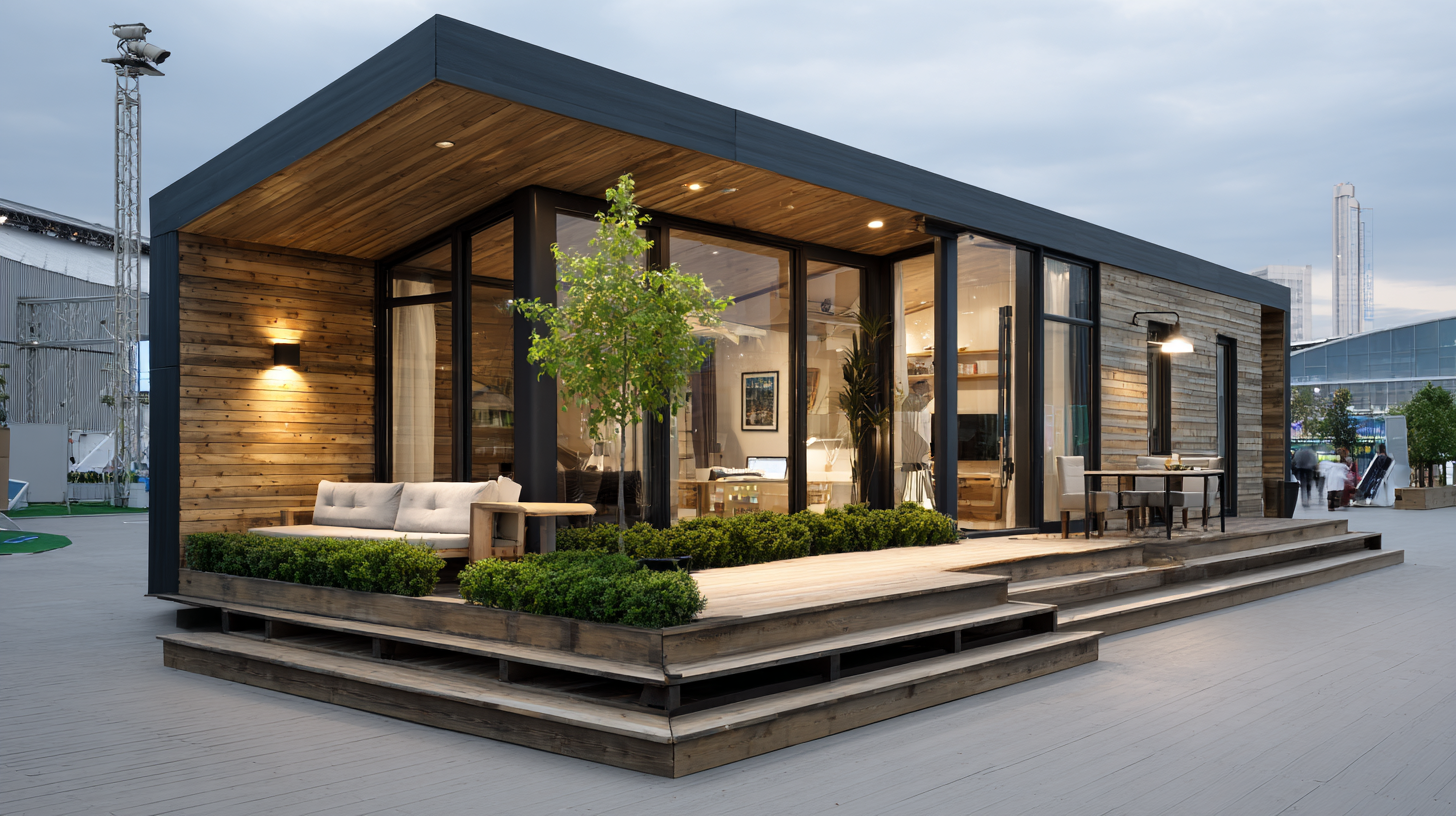
The cabin modular homes market is poised for significant growth by 2025, driven by shifting consumer preferences toward sustainable living solutions. Key players in this sector, such as EcoCabins and SmartHome Solutions, are innovating by incorporating eco-friendly materials and advanced building technologies. These companies are capitalizing on the growing demand for customizable, energy-efficient homes, catering to a clientele that values both comfort and environmental responsibility.
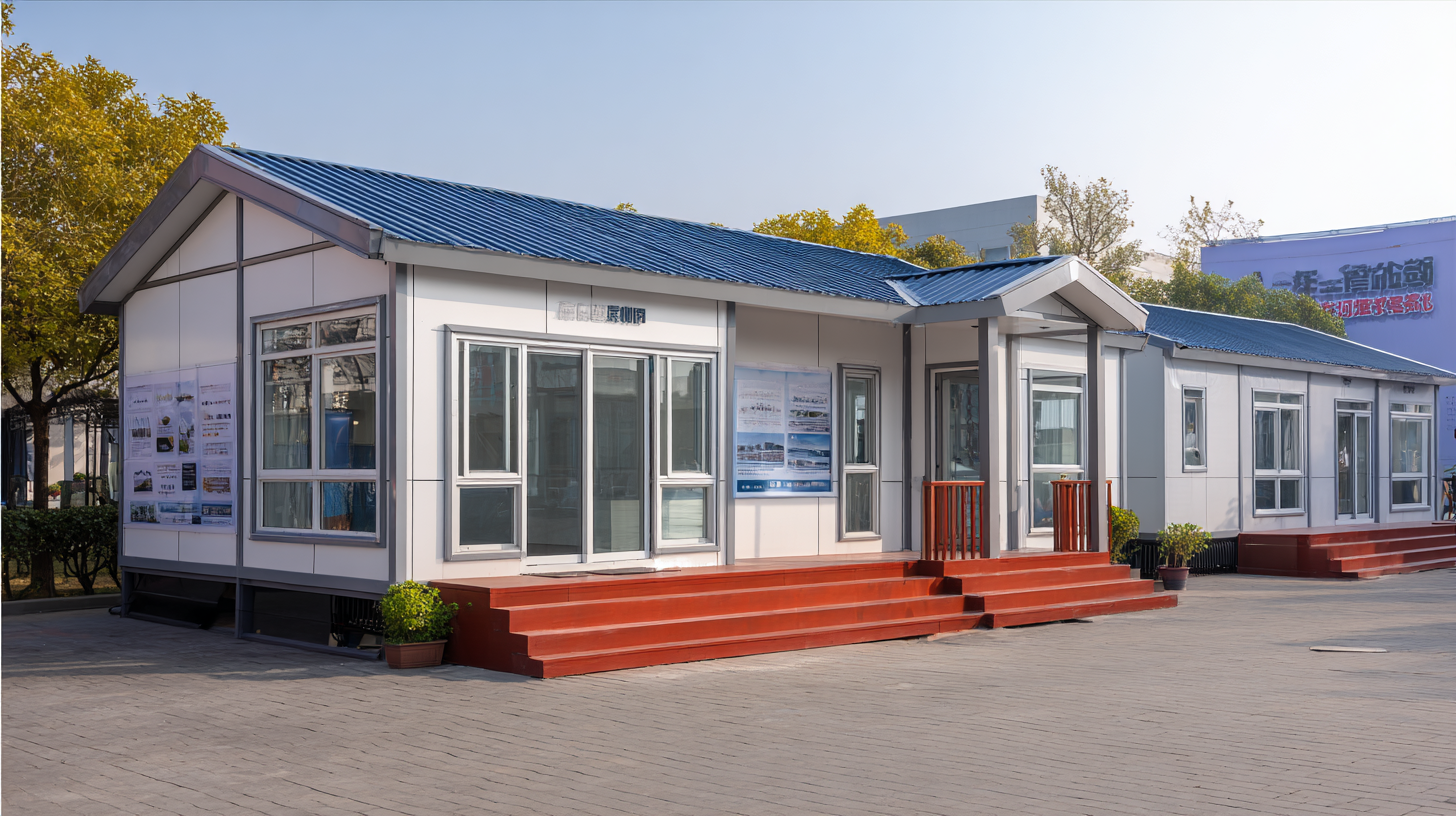
Market opportunities for cabin modular homes are particularly pronounced in urban areas experiencing housing shortages. As metropolitan regions continue to expand, more individuals and families are seeking affordable and flexible housing options. The 2025 China Import and Export Fair will highlight these opportunities, fostering connections between manufacturers and consumers. Additionally, government incentives aimed at promoting green construction practices and enhanced infrastructure for modular home installation further position this market segment for robust expansion. As industry leaders explore these avenues, the cabin modular homes market will likely emerge as a catalyst for innovative housing solutions in China and beyond.
